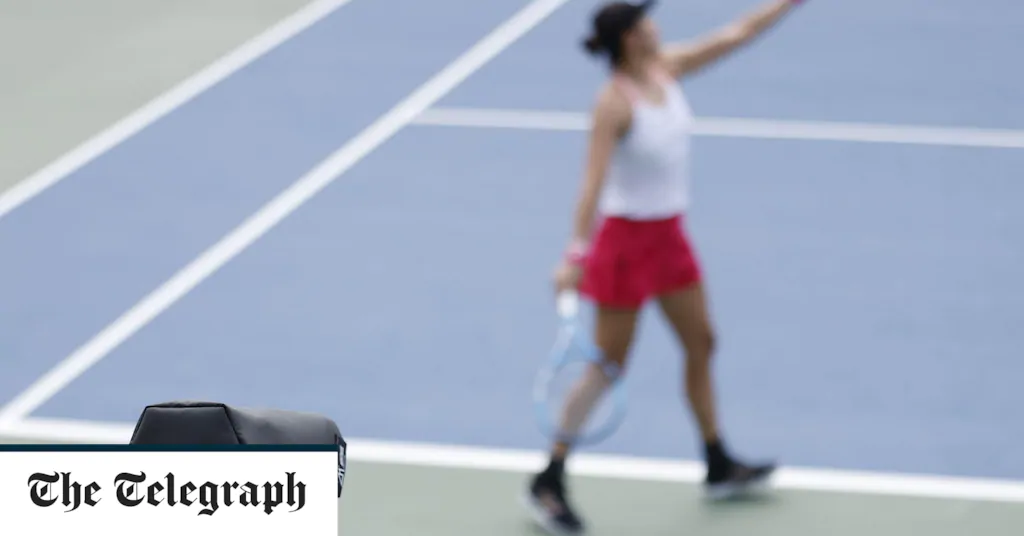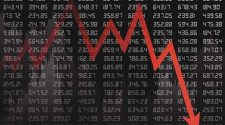The disputed line-call is one of tennis’s great theatrical moments. Without it, we would not have had such classics as John McEnroe’s “You cannot be serious!” or Jimmy Connors’s “Get your ass out of that chair, you bum!” More recently, Serena Williams threatened to shove a ball down the throat of a line-judge who called her for a foot-fault.
Yet the genre has been in decline since the introduction of Hawk-Eye challenges in 2006. And at the US Open this year, the outside courts went a step further by using fully automated line-calling technology. It is the first time the robots have taken charge at a slam.
In fact, the whole tournament has acted like a Petri dish for studying the advance of technology – because the two biggest stadiums, Arthur Ashe and Louis Armstrong, retained flesh-and-blood line judges.
By running this two-tier approach, the United States Tennis Association was able to reduce the number of people on site, while still giving the officials’ kit sponsor – Polo Ralph Lauren – some television exposure. Predictably, however, events did not reflect well on the humans.
As it turned out, one clear loser from the piecemeal approach was world No 1 Novak Djokovic, who was disqualified in the fourth round. His irritable swipe at a loose ball could hardly have hurt a line judge if there had not been any standing on the court. But let us leave this oddity to one side. We should not legislate on the basis of freak events.
A more typical consequence was the flare-up during Friday night’s second semi-final, when Daniil Medvedev thought – correctly – that he had missed his first serve. No one called it out, however – which actually worked to Medvedev’s disadvantage. Only half paying attention, he dumped his second shot in the net. Then, when he asked umpire Damien Dumusois for a Hawk-Eye challenge against his own serve, the request was denied on the basis that it had come too late.
At this point, the highly strung Medvedev freaked out. He walked around the net to point out the mark left by his ball – a complete no-no that earned him a code violation warning. When Dumusois refused to back down, he began haranguing the supervisor in furiously sarcastic tones. When he finally began playing again, he sprayed more balls out of court in the following 10 minutes than he did in the entire rest of the match. Dominic Thiem, his opponent, promptly waltzed away with what had previously been a close-fought set.
This is classic stuff. It happens less often now, thanks to the challenge system. But there are still flashpoints – such as when a player runs out of challenges, or when a chair umpire has to decide whether a bad “out” call caused the next shot to be missed (in which case the point must be replayed) or not.
The human drama of a meltdown is irresistible – and yet, when such a simple and accurate line-calling service is available, is it justifiable to ask these highly professional players to place their careers in the hands of fallible humans? No one, no matter how sharp-eyed, can tell if a 140mph serve caught the last millimetre of the line or not.
Yes, the automated environment feels sterile. It also cuts down opportunities for would-be officials of the future, with potential knock-on effects throughout the sport. Increasingly, though, it feels like a historical inevitability.
















